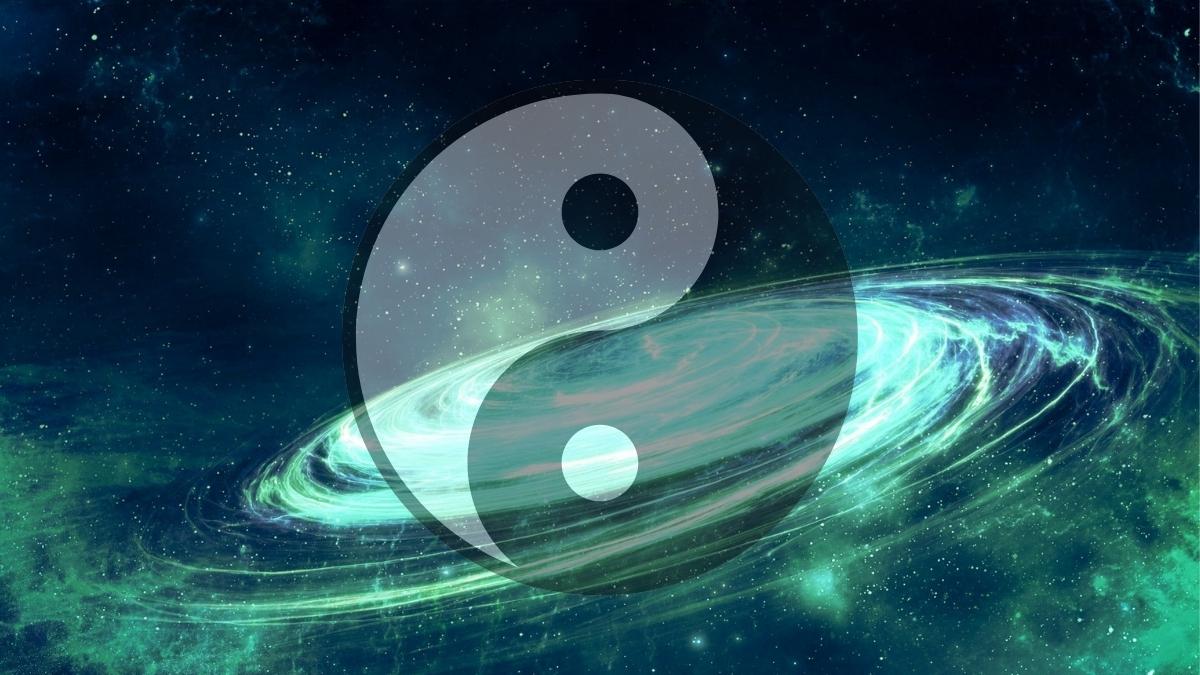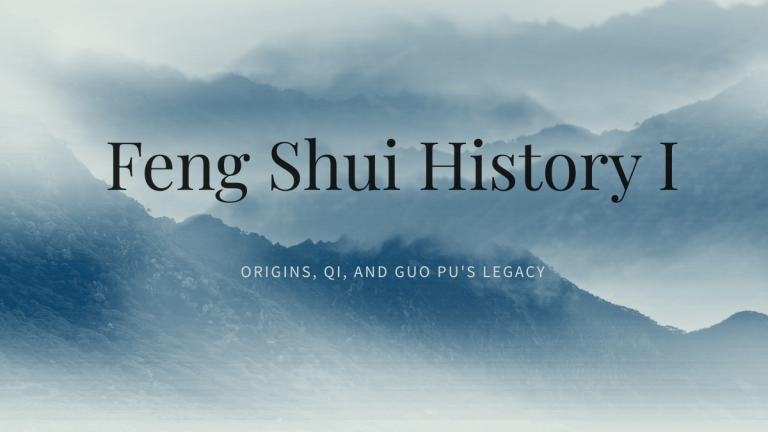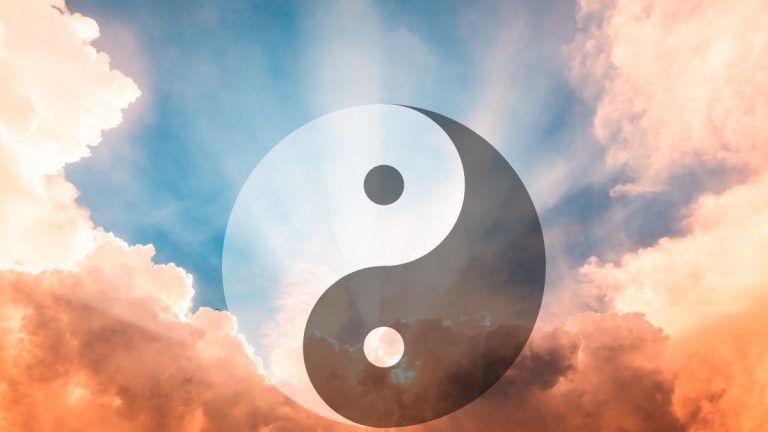What is Yin-Yang? Understanding the Dance of Opposites
The Ancient Secret Behind Life’s Perfect Balance
Have you ever noticed how your most creative breakthroughs happen after periods of rest? Or how the calmest moments often follow life’s greatest storms? You’ve actually experienced one of humanity’s oldest and most profound discoveries—the principle of Yin-Yang.
Yin-Yang is the cornerstone of Chinese philosophy and Taoist thought, describing the universe’s two fundamental forces that dance together in eternal harmony. These aren’t just opposing energies—they’re complementary partners, constantly flowing between dynamic interaction and peaceful balance. Ancient Chinese wisdom tells us that their interaction sparks new possibilities, while their balance allows all life to flourish.
This elegant concept emerged over three thousand years ago in China’s sacred text, the “I Ching” (Book of Changes). Later embraced and developed by Taoist philosophers, Yin-Yang became the foundation for Traditional Chinese Medicine, Feng Shui, martial arts, and countless other practices that help us live in harmony with natural rhythms.
Decoding the World’s Most Recognizable Symbol
You’ve seen it everywhere—that perfect black and white circle that seems to swirl with life itself. The Tai Chi symbol isn’t just beautiful; it’s a masterpiece of visual philosophy that reveals profound truths about existence.
The Perfect Circle: This represents the wholeness of the universe—complete, infinite, and unified. Everything that exists is contained within this cosmic embrace.
The Flowing Boundary: Notice how the line between black and white isn’t straight but curves like a gentle wave? This shows us that the boundary between opposing forces is never fixed. Just as dawn slowly melts into day and dusk gradually becomes night, all transitions in life are fluid processes, not sharp cuts.
The Sacred Dots: Here’s where it gets beautiful—within the black section lives a white dot, and within the white section, a black dot. This reveals one of life’s greatest secrets: Yin always contains the seed of Yang, and Yang always carries Yin within itself.
Think of it this way: even in your darkest moments, hope quietly grows within you. And in your brightest celebrations, there’s often a whisper reminding you that “this too shall change.” As the Chinese wisdom goes: “Flowers don’t bloom forever, and fortune doesn’t last a thousand days”—reminding us that all peaks naturally give way to valleys, and all valleys eventually rise to peaks again.
Nature’s Perfect Choreography
Want to see Yin-Yang in action? Just step outside and observe the world’s most elegant dance performance.
Daily Rhythms: Every sunrise and sunset demonstrates this cosmic principle. As daylight (Yang) reaches its peak at noon, the very intensity of that brightness begins calling forth evening’s gentle darkness (Yin). Night doesn’t suddenly appear—it emerges gradually from within the day itself, like that black dot within the white.
Seasonal Symphony: The four seasons paint Yin-Yang across the entire year. Spring arrives as Yang energy awakens, coaxing life from winter’s sleep. Summer blazes with full Yang power—everything growing, blooming, reaching toward the sun. But at summer’s height, Yin quietly begins its return through autumn’s harvest and withdrawal, leading to winter’s deep Yin rest. Then, in winter’s darkest depth, Yang stirs again, and the eternal cycle continues.
Your Body’s Wisdom: Even your breath follows this pattern—the active inhale (Yang) and the releasing exhale (Yin), the heart’s contraction (Yang) and expansion (Yin). Your body inherently knows this dance because you ARE this dance.
Beyond Good and Evil: The True Nature of Opposites
Here’s where Western thinking often gets confused: Yin and Yang are not good versus evil. They’re not enemies locked in eternal conflict. They’re dance partners, each making the other possible, each beautiful in its own way.
Darkness isn’t evil—it’s the restorative space where seeds germinate and dreams are born. Light isn’t superior—it’s the creative force that brings possibilities into form. Neither can exist without the other, and neither wants to eliminate its partner.
This understanding changes everything. Instead of fighting against life’s natural rhythms, we can learn to flow with them. Instead of judging our quiet, reflective moments as “unproductive,” we can honor them as essential Yin phases that prepare us for Yang periods of action and creativity.
Your Personal Yin-Yang Journey
Traditional Chinese Medicine teaches us that “the universe is a great Tai Chi, and the human body is a small Tai Chi.” You’re not separate from these cosmic forces—you’re a living expression of them.
When your personal Yin and Yang flow harmoniously, you experience what the Chinese call “perfect health”—not just the absence of disease, but a vibrant sense of being exactly where and who you’re meant to be. When they’re out of balance, you might feel stressed (too much Yang), depleted (too little Yang), scattered (too little Yin), or stuck (too much Yin).
In your emotions: Joy and enthusiasm represent Yang energy, while calm reflection and peaceful rest embody Yin. Both are necessary, both are beautiful, and both deserve your respect.
In your daily rhythm: Learning to honor both your active, creative, social times (Yang) and your quiet, contemplative, solitary times (Yin) isn’t just nice—it’s how you stay connected to the fundamental rhythm that governs all life.
The ancient wisdom whispers: don’t force, don’t resist. Instead, develop the awareness to recognize which energy you need in each moment, and trust the natural intelligence that flows through you to guide your choices.






